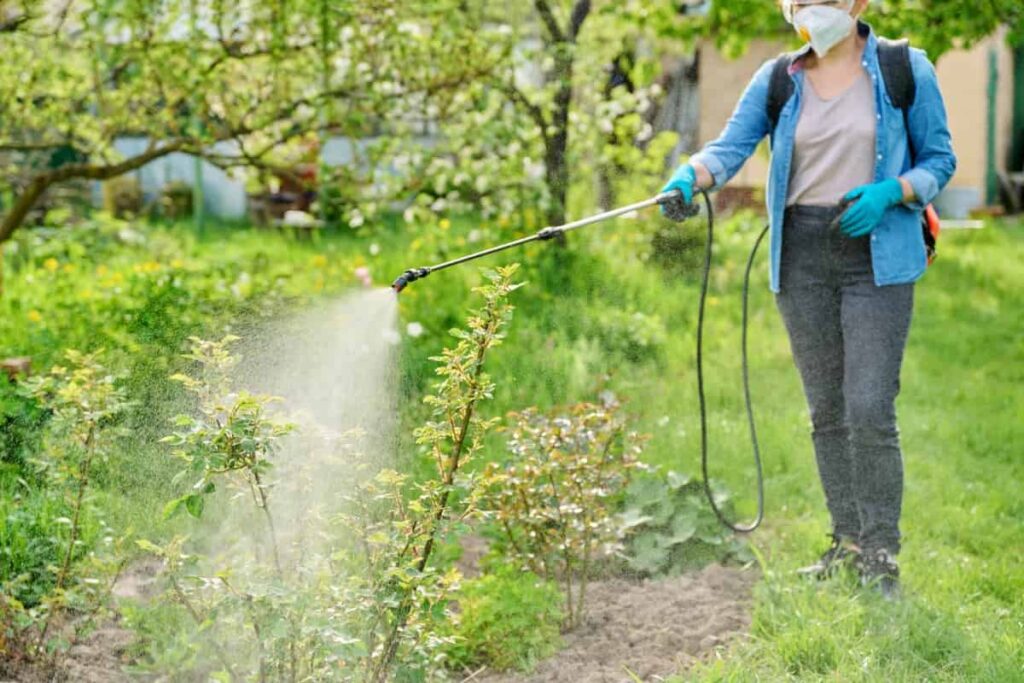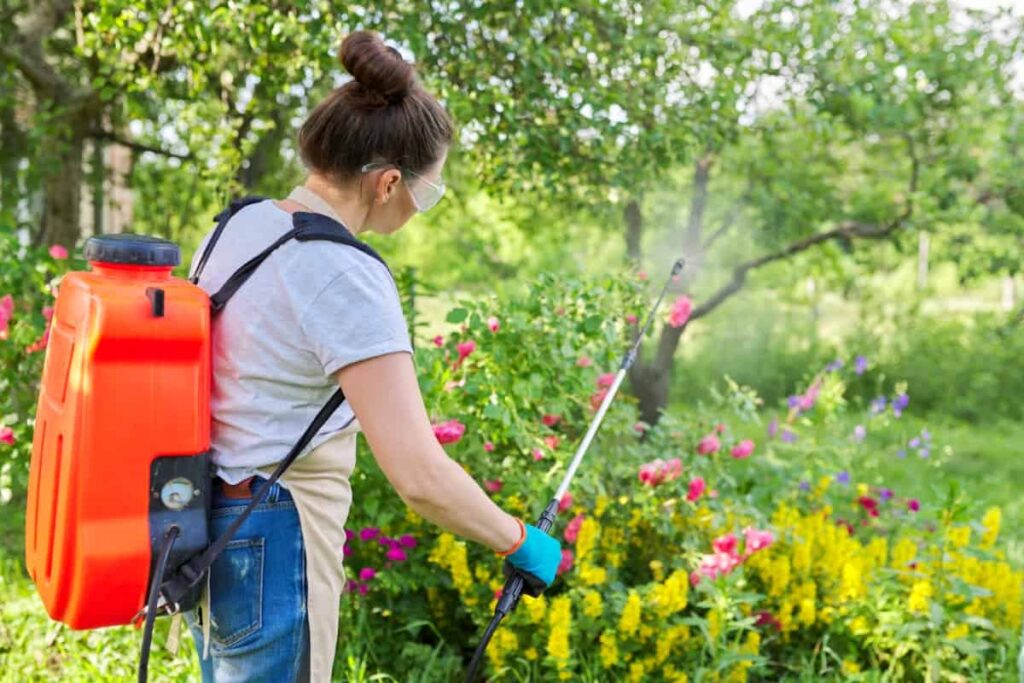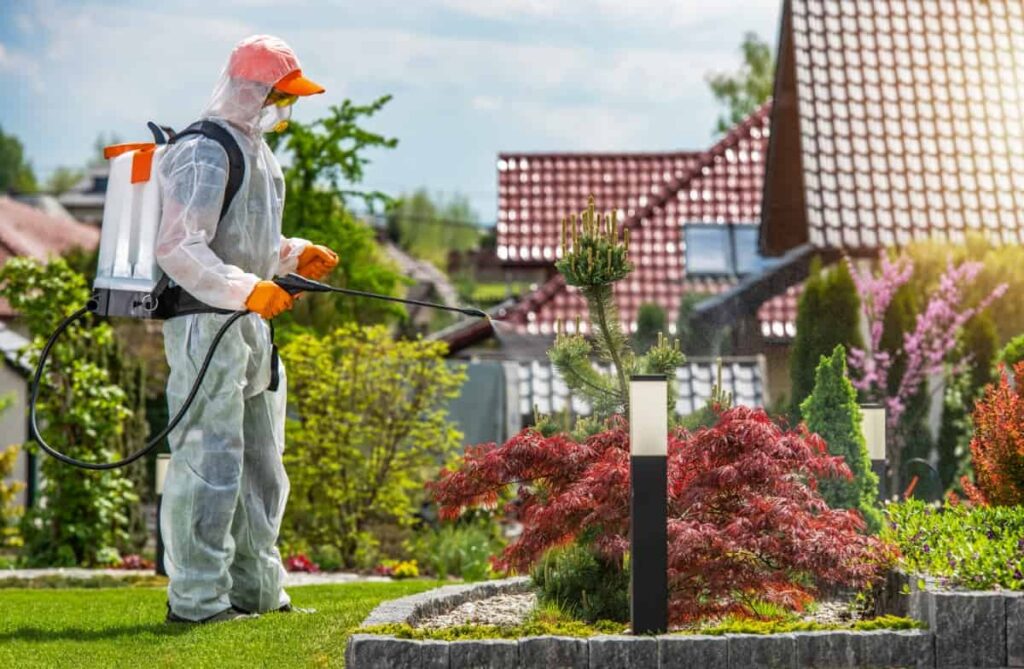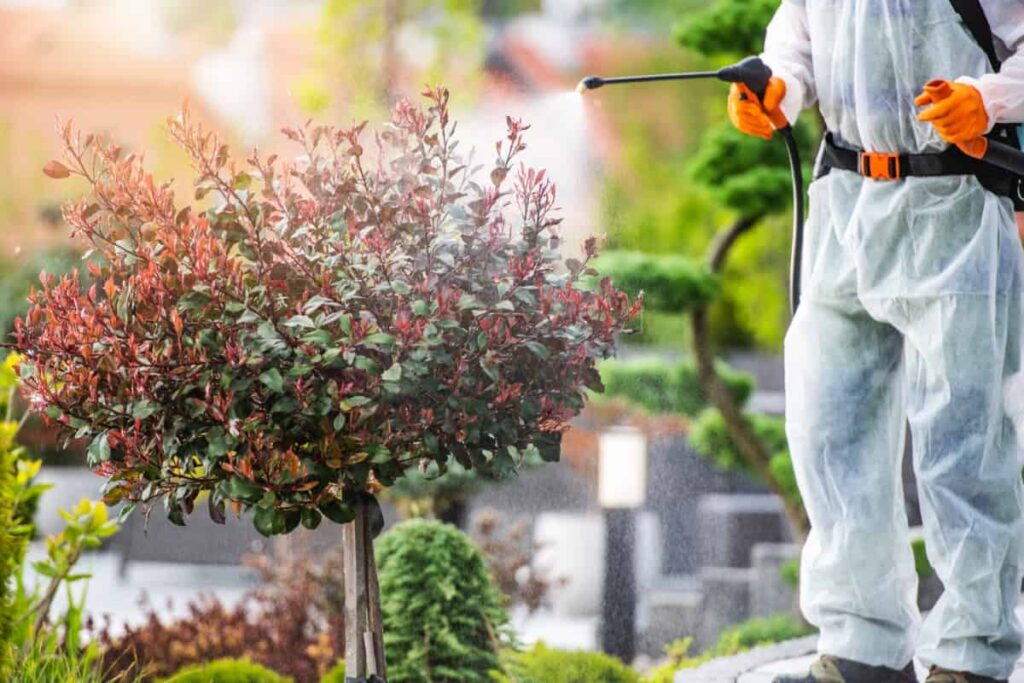Sevin Insect Killer Dust is a versatile solution for protecting your home garden from unwanted pests. Insects controlled by Sevin insect killer dust include ants, beetles, caterpillars, fleas, ticks, spiders, and more. Also, it works against garden pests like aphids, thrips, and mites. This article provides a guide on how to effectively use Sevin Insect Killer Dust to control insects that threaten your plants. From application methods to safety precautions, learn how to safeguard your garden and promote healthy plant growth with this powerful insecticide.

Sevin Insect Killer Dust for Plants
Selecting the Right Sevin Insect Killer Dust for Your Plants and Insects
Begin by identifying the specific insects troubling your plants, as Sevin offers formulations targeting various pests like beetles, caterpillars, and mites. Consider the life stage of the insects, as different formulations may be suitable for eggs, larvae, or adult pests. Assess the severity of infestation and the size of your garden, as Sevin is available in different concentrations.
For smaller areas or preventive measures, a lower concentration may suffice, while larger gardens with severe infestations may benefit from a higher concentration. Additionally, factor in the type of plants in your garden, as some may be more sensitive to certain insecticides.
Preparing the Sevin Insect Killer Dust for Application
Using Sevin dust on ornamental shrubs or any other kind of plants is a straightforward process. Start by wearing protective gear, including gloves and a mask, to ensure safety. Measure the appropriate amount of dust based on your garden’s size and the severity of the pest issue.
For smaller areas, a light dusting may be sufficient, while larger infestations may require more thorough coverage. Use a handheld duster or a shaker to distribute the dust on the plant surfaces evenly, focusing on the underside of leaves where most of the pests often hide. Apply Sevin Insect Killer Dust when the weather is calm and dry, avoiding windy conditions.
Applying the Sevin Insect Killer Dust to Plants
- For using sevin dust on vegetable gardens or any other plants, Begin by wearing protective gear, including gloves and a mask, to ensure your safety during application.
- Measure the appropriate amount of Sevin dust based on the size of your garden and the severity of the pest issue. Follow the product’s instructions for accurate dosage.
- Utilize a handheld duster or a shaker to distribute the dust evenly. This ensures thorough coverage, reaching both upper and lower leaf surfaces where pests often reside.
- Concentrate on areas with visible pest activity, such as the underside of leaves and around the base of plants.
- Choose a dry and calm day for application, avoiding windy conditions. This helps the dust adhere to the plant surfaces effectively.
- Apply the Sevin dust evenly across the plants, maintaining a consistent layer. Be cautious not to overapply, as excessive dust may affect plant health.
Monitoring the Effectiveness of Sevin Insect Killer Dust: Duration Of Sevin Dust Protection Against Garden Insects
Conduct regular inspections on treated areas to observe changes in pest activity. Look for a reduction in the presence of insects on plants and signs of damage. Healthy plant growth and minimized pest damage are indicators of Sevin’s effectiveness. Be patient, as results may take time, and monitor over several days or weeks. If pest issues persist, consider adjusting the application frequency or concentration. Keep a record of your observations, noting any changes in plant health or the emergence of new pests.
In case you missed it: 10 Best Automatic Drip Irrigation Kits for Home Gardens with Cost in India

Reapplying Sevin Insect Killer Dust as Needed: Sevin Dust Treatment Schedule
Regularly check your garden for signs of pest resurgence and reapply Sevin Insect Killer Dust as needed. Follow the recommended intervals on the product label, adjusting based on the severity of the infestation. The duration of Sevin dust protection against garden insects varies, but frequent assessments and timely reapplications ensure a continuous shield against garden insects, promoting sustained plant health.
Impact of Sevin Insect Killer Dust on Beneficial Insects and Pollinators
Sevin Insect Killer Dust, containing carbaryl as its active ingredient, can impact beneficial insects and pollinators if not used judiciously. While carbaryl targets a broad spectrum of pests, it may also affect beneficial insects such as bees, ladybugs, and predatory beetles.
To protect beneficial insects when using Sevin dust, apply Sevin selectively, focusing on areas with specific pest issues rather than entire garden surfaces. Avoid treating plants during flowering periods to protect pollinators. Consider alternative pest controls in conjunction with Sevin, and always follow product instructions to mitigate risks.
Using Sevin Dust On Flowering Plants
Apply Sevin dust on rose bushes; Sevin Dust effectively controls pests that commonly afflict rose bushes, safeguarding them from damaging insects. By applying Sevin dust, you promote robust and healthy rose blooms, free from the threats posed by pests. Protect perennial plants with Sevin Dust, preventing potential pest damage.
Using Sevin dust on perennial plants ensures the longevity and continuous blooming of your perennial flowers, contributing to a flourishing garden throughout the seasons. Apply Sevin Dust on ornamental shrubs to maintain their aesthetic appeal. Sevin’s targeted approach protects these shrubs from harmful pests, preserving their beauty and enhancing the overall visual appeal of your landscape.
Application of Sevin Dust on Fruit-Bearing Trees
Begin by wearing protective gear, including gloves and a mask. Measure the appropriate amount of Sevin Dust based on the tree size and pest severity, adhering to product instructions. Use a handheld duster or shaker for even distribution, concentrating on areas prone to pest activity, such as the trunk and foliage. Apply Sevin Dust during dry conditions to enhance adherence. Monitor the trees for signs of pest resurgence and reapply as needed, following recommended intervals.
In case you missed it: Know the Process of Making Coco Peat at Home: Step-by-Step Guide

Sevin Insect Killer Dust for Lawn Insect Pests
Identify the specific pests causing damage, such as grubs, ants, or beetles. Wear protective gear and measure the appropriate amount of Sevin Dust based on the lawn’s size and pest severity. Utilize a handheld spreader for even distribution, targeting problem areas where pests are active. Apply the dust in dry conditions, preferably when the lawn is not wet. Sevin’s broad-spectrum action works to control various insect pests, promoting a pest-free environment and allowing your lawn to thrive.
Best Times to Apply Sevin Dust for Plant Protection
The optimal times to apply Sevin Dust for plant protection depend on various factors. Choose a time when the weather is dry and calm to ensure the dust adheres effectively. Early morning or late evening is preferable to minimize exposure to beneficial insects, as they are less active during these periods.
Apply Sevin Dust before pests become a significant issue for proactive prevention. Avoid treating plants during flowering to protect pollinators. Additionally, consider the life cycle of the targeted pests; applying Sevin Dust when pests are most vulnerable enhances its effectiveness.
How to Properly Store and Handle Sevin Insect Killer Dust for Gardening Use: Shelf Life And Storage Of Sevin Dust
Proper storage and handling of Sevin Insect Killer Dust are essential for safe and effective gardening use. Store Sevin in its original, labeled container in a cool, dry, and well-ventilated space away from direct sunlight and heat. Keep it out of reach of children and pets. When handling, wear protective gear, including gloves and a mask, to minimize exposure.
Measure the required amount carefully, following the product’s instructions. Avoid inhaling the dust or getting it in your eyes. Seal the container tightly after use. Dispose of any unused product responsibly, following local regulations.
In case you missed it: How to Get Rid of Rats in the Home Garden Naturally: 10 Natural Home Remedies for Repelling Rats

Conclusion
In conclusion, Sevin Insect Killer Dust proves to be a valuable ally in maintaining a pest-free home garden. Its versatility and targeted approach make it an effective solution for various plants and insect pests. By following proper application techniques, monitoring plant health, and adhering to safety precautions, gardeners can harness the power of Sevin to foster a thriving, pest-resistant environment.
- Aquaponic Farming at Home: A Step-By-Step Guide
- Profitable Village Farming Business Ideas in 2024
- High-Yield Aquaculture: Fast-Growing Fish for Farming
- Effective Fish Pond Construction Techniques for Beginners
- Irrigation and Water Management in Pineapple Farming
- Blossom to Harvest: Mastering Flowering and Pollination in Papaya Farming
- Pig Fattening Essentials: From Selection to Sale for Beginners
- Raising Wagyu Cattle: A Complete Guide for Premium Beef Production
- Soil Types and Their Water Holding Capacity
